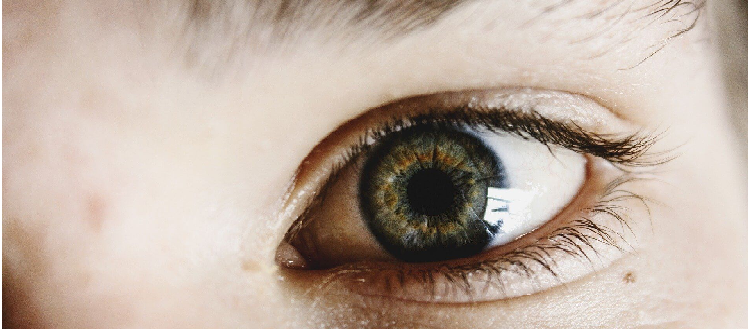RP or Retinitis Pigmentosa is a group of hereditary eye diseases that results in progressive retinal degeneration primarily due to the death of photoreceptor cells within the retina. Due to symptom-based treatments and little to no cure for several diseases and conditions, stem cell therapy has become the new frontier. In Malaysia, where medical innovation is moving towards the medical miracle, choosing the right stem cell for RP may prove to be a challenge. This blog aims to explain how a suitable stem cell treatment for RP can be selected in Malaysia.
Enhancing the Knowledge of Stem Cell Therapy for Retinitis Pigmentosa in Malaysia
Stem cell therapy has the concept of working at the source of the RP issue by replacing the dead cells in the retina. The following is a breakdown of stem cells of different types and methods and the advantages as well as disadvantages of each. Here’s a breakdown of key options and factors to consider when selecting a therapy:
Types of Stem Cells
Embryonic Stem Cells (ESCs): ESCs are pluripotent cells obtained from early-stage embryos hence they have the potential to differentiate into any type of cell including the retinal cells. The main strategy of ESC-based therapies is to inject these cells into the retina to replace dead photoreceptors. The ESCs are used to generate tissues in the retinas of the eye.
Adult Stem Cells: Some of these cells are retinal progenitor cells (RPCs) as well as mesenchymal stem cells (MSCs). Such cells, which are RPCs, which were derived from the retina, are used in an attempt to gain an understanding of their capability of converting into functional retinal cells. The MSCs derived from the bone marrow or adipose tissue may act beneficial because they can offer protection to neurons and decrease inflammation in retinal tissue.
Induced Pluripotent Stem Cells (iPSCs): A product of the reprogramming of adult somatic cells to their embryonic form, iPSCS can be tailor-made to the patient’s genetic type. Due to this, the chances of the body’s immune system rejecting the treatment will be minimal thereby increasing the prospects of the treatment yielding positive results.
Stem cell therapy- Which one to choose?
Therapy is one of the most important tools used in patient care and due to the following factors, it is important to keenly consider the following factors while choosing one.
Stage of RP: The stage of RP can affect the decision related to stem cell therapy. For the early stage of RP, cell replacement and regeneration therapies could be effective while for the advanced stage combined treatment involving stem cell therapy and other forms of treatments could be effective.
Research and Clinical Trials: Any form of treatment that is recommended should be one that has been backed by research and practices such as clinical trials.
Personalization: iPSCs can provide customized forms of therapy due to the possibility of treating every person individually. The possibility of selecting a clinic or a research centre where iPSC-based treatments are available is that the treatment package will take into account one’s personal genetic signature and may result in better outcomes.
Safety and Efficacy: Assess whether the therapy is safe and effective. Make sure the therapy that is being offered to you has been tested for effectiveness.
The expertise of Healthcare Providers: Choose a treatment centre that has a history of stem cell research and implementation of stem cell treatments. Make sure that the persons handling the services provided in the health care facilities are professionals and conversant with the new developing trends.
Cost of Therapy: In general, patients may require multiple treatments with stem cell therapies, which can be expensive, thus, the costs associated with stem cell treatments must be analyzed. Ask about the expenses related to the therapy and discuss how you can get monetary support or an insurance plan.
Conclusion
Opting for the most appropriate stem cell therapy for retinitis pigmentosa in Malaysia therefore requires some analysis on the kind of stem cells to select, the stage of the disease as well as the professional competence of the clinicians. At StemCellCure we ensure that the patients make the right decision and get the best stem cell treatment.

